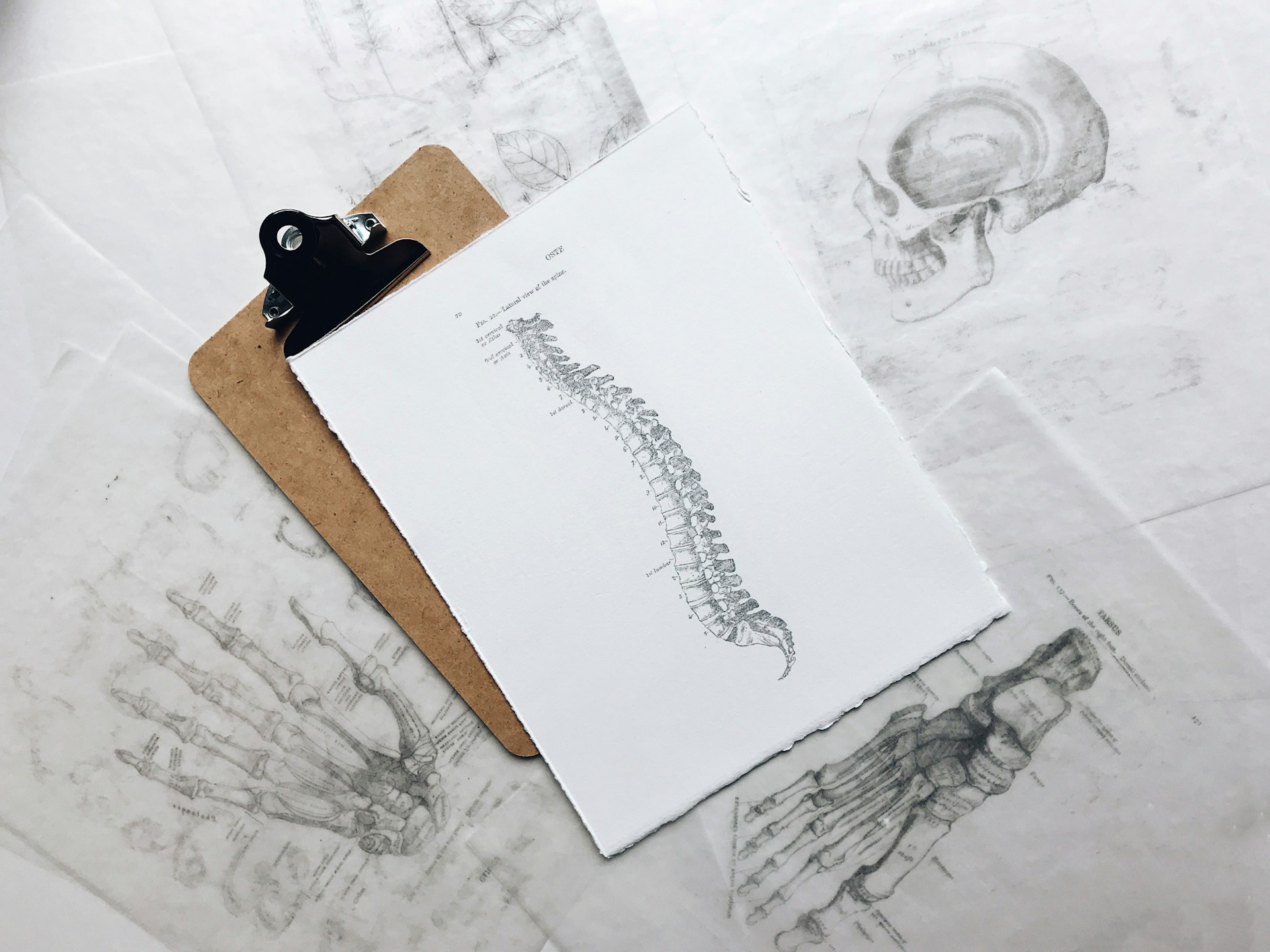Chiropractic care boasts a rich and intriguing history, with its principles echoing through the halls of ancient civilizations and culminating in a recognized modern healthcare profession. This comprehensive exploration delves into the fascinating path of chiropractic development, from its early roots to its place in today’s world.
By: Estefany Vasquez
Revealing the History of Chiropractic
Chiropractic care, with its focus on spinal manipulation and nervous system health, has a rich and surprising history. While the profession itself is relatively young, the roots of chiropractic principles can be traced back millennia, offering a glimpse into the enduring human quest for natural healing methods.
Early Traces of Spinal Manipulation
Chiropractic care, with its focus on spinal manipulation and nervous system health, has a rich and surprising history. While the profession itself is relatively young, the roots of chiropractic principles can be traced back millennia, offering a glimpse into the enduring human quest for natural healing methods.
The Birth of Modern Chiropractic
The chiropractic profession as we know it today has its origins in late 19th-century United States. Daniel David Palmer, a magnetic healer from Iowa, is credited with founding chiropractic in 1895.
Palmer believed that misalignments of the spine, called subluxations, could interfere with nerve function and lead to a variety of health problems. He performed the first chiropractic adjustment on a partially deaf janitor, Harvey Lillard, and claimed to have restored his hearing.

Growth and Evolution
Following this pivotal moment, chiropractic care began to take root. Palmer established the Palmer School of Chiropractic in Davenport, Iowa, in 1897—the first chiropractic college in the world.
Early chiropractors faced opposition from the established medical community, who questioned the effectiveness and safety of chiropractic adjustments. However, chiropractic continued to gain popularity, particularly among those seeking non-invasive healthcare options.
The 20th Century and Beyond
The 20th century saw significant advancements in the chiropractic field. Educational standards were formalized, research on chiropractic techniques began to emerge, and new chiropractic specialties developed. By the late 20th century, chiropractic care gained legal recognition in all 50 U.S. states.
Chiropractic in the Modern Era
Today, chiropractic is a mainstream healthcare profession with licensed chiropractors worldwide. Chiropractors utilize a variety of techniques to adjust the spine and other joints, with the goal of improving nerve function, promoting overall health, and managing pain.
Focus on Wellness
Modern chiropractic care extends beyond simple pain relief. Many chiropractors take a holistic approach, emphasizing preventative care and lifestyle modifications to promote overall well-being. This may include recommendations for exercise, nutrition, and stress management.
Integration with Modern Medicine
There is growing recognition of the potential benefits of chiropractic care within the broader healthcare system. Many chiropractors collaborate with medical doctors and other healthcare professionals to provide patients with a comprehensive treatment plan.
Ongoing Research and Development
The field of chiropractic continues to evolve, with ongoing research investigating the effectiveness of chiropractic care for a variety of conditions. New techniques and specialties are also emerging, reflecting the profession’s commitment to providing patients with safe and effective treatments.
By understanding the historical journey of chiropractic, we gain a deeper appreciation for this unique healthcare approach. From its ancient roots to its modern-day applications, chiropractic care offers a valuable option for those seeking natural and non-invasive solutions to improve their health and well-being.
Instagram: @quantumchirofl
Facebook: Quantum Integrative Care
LinkedIn: Quantum Integrative Care
